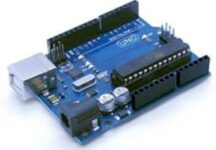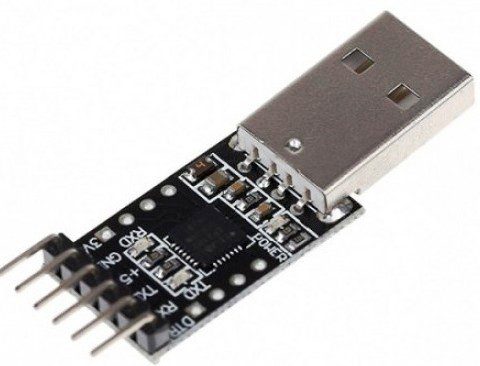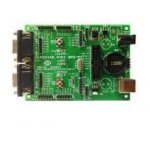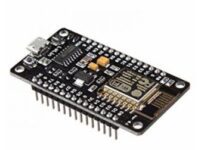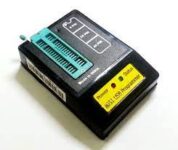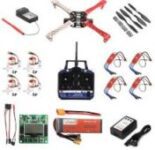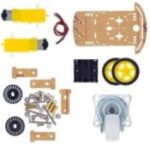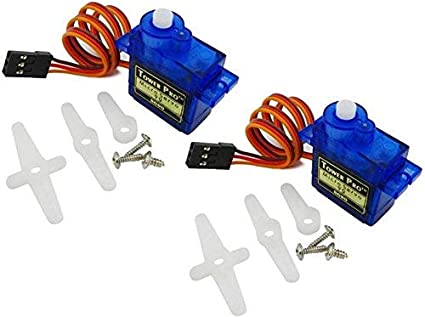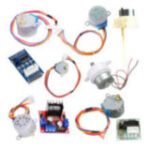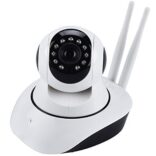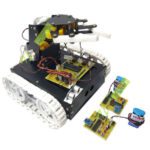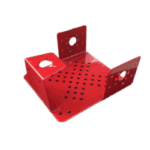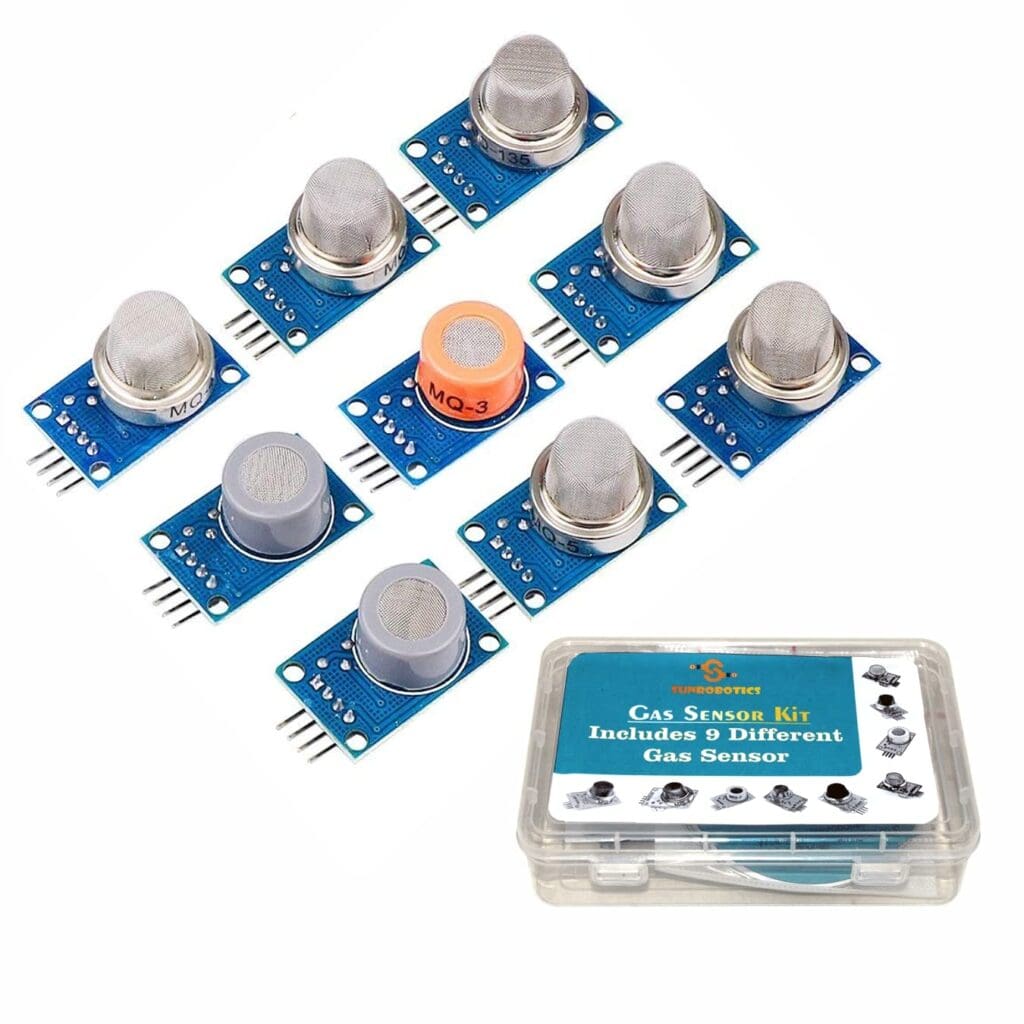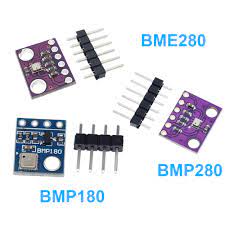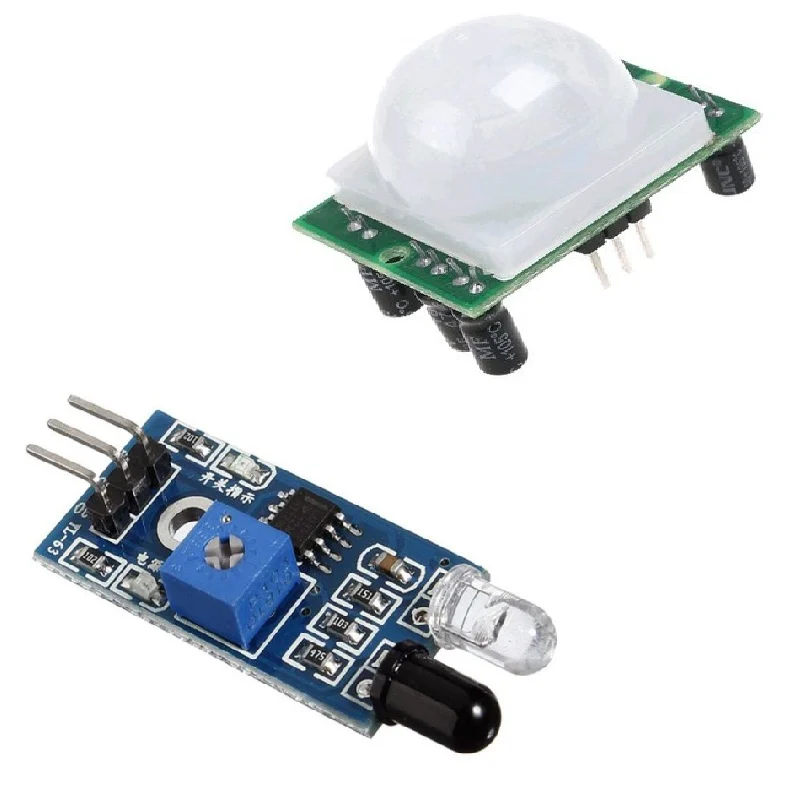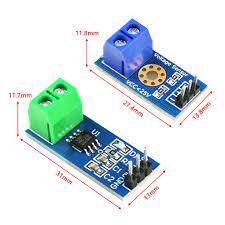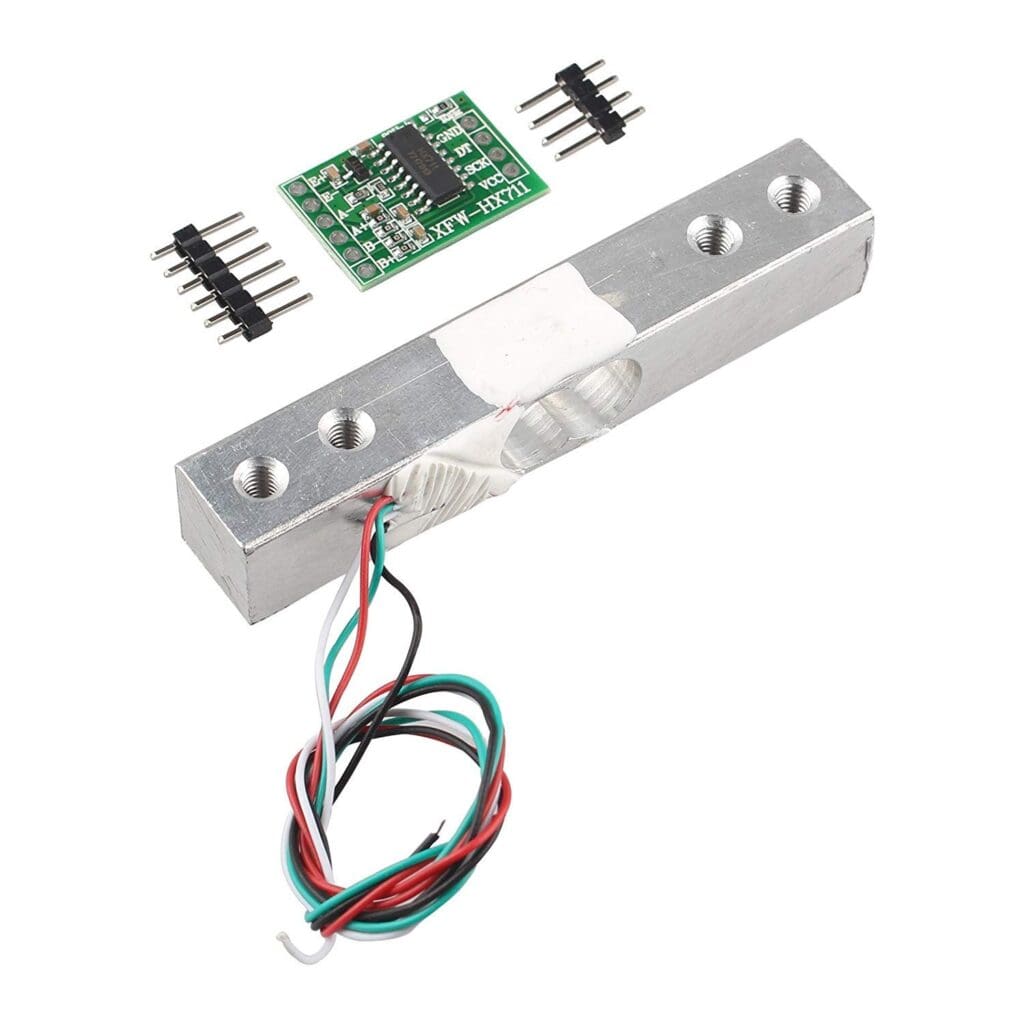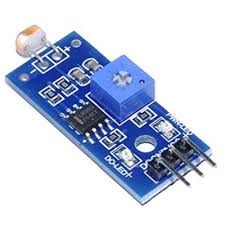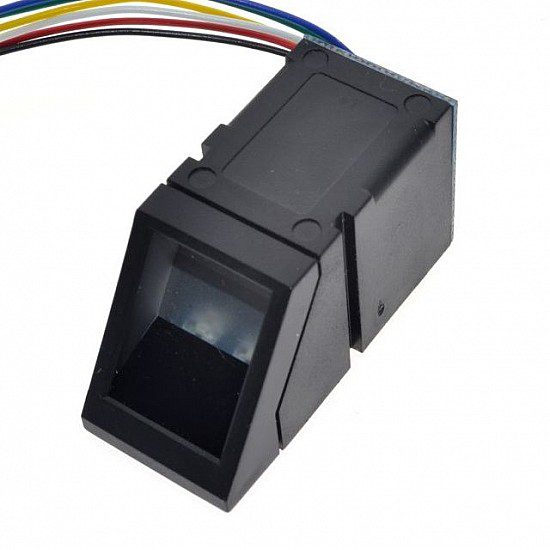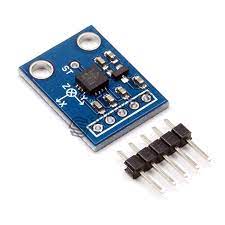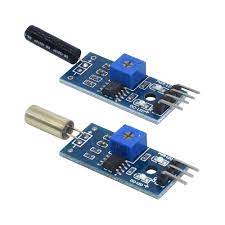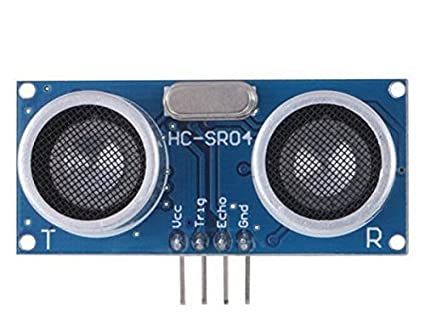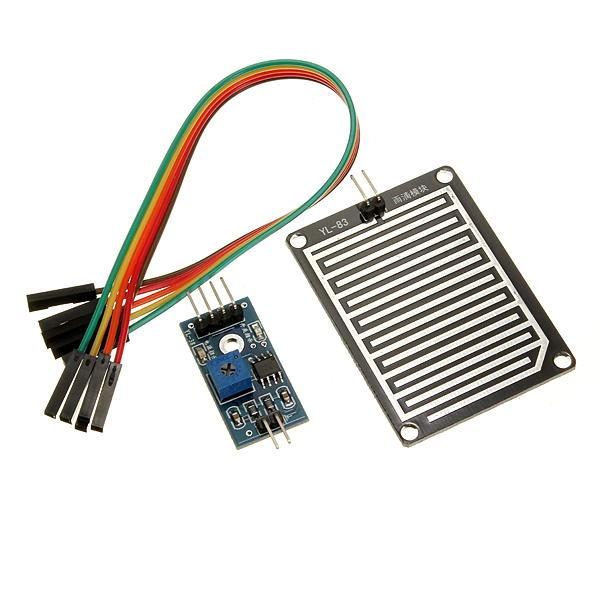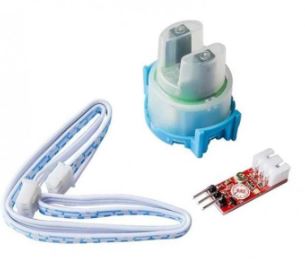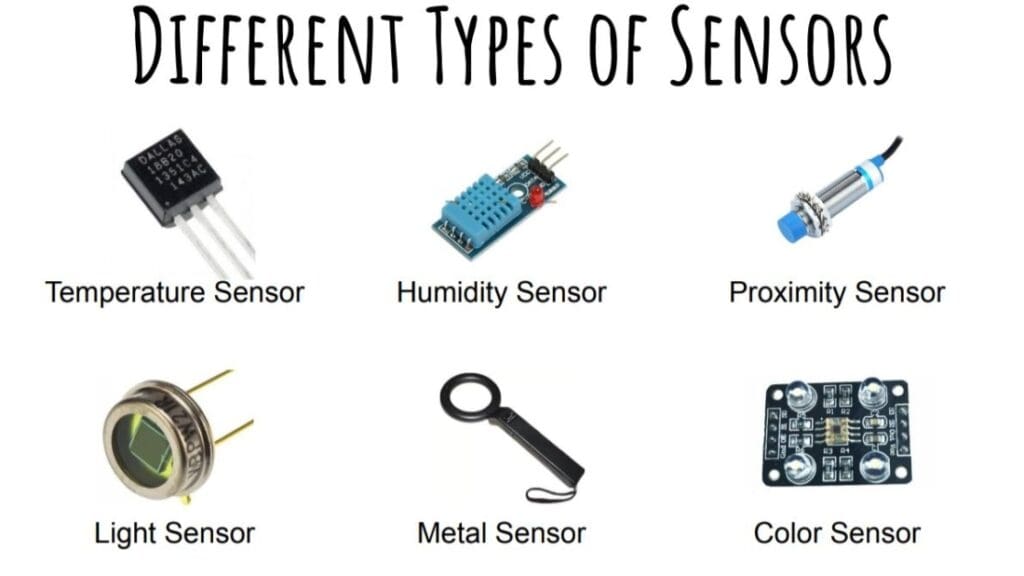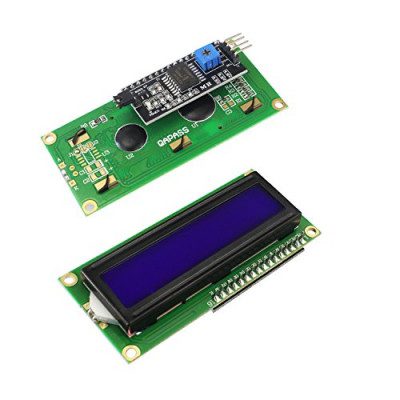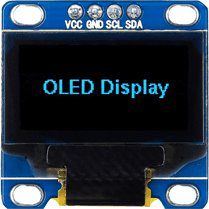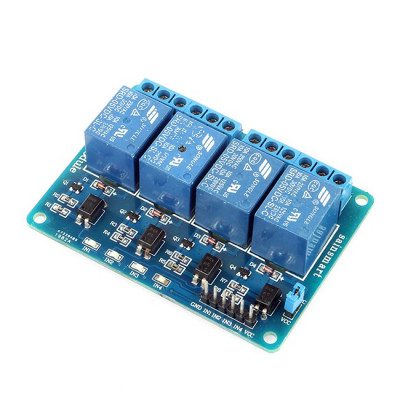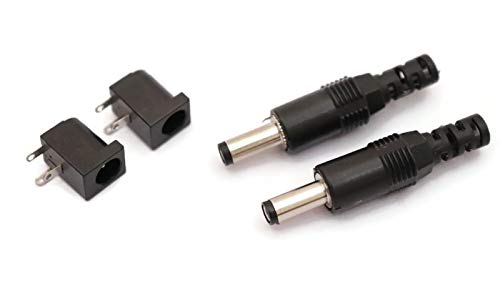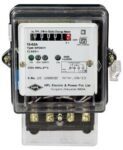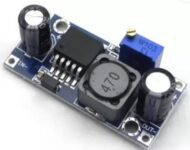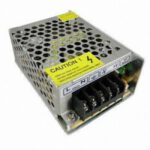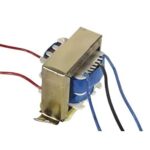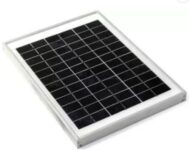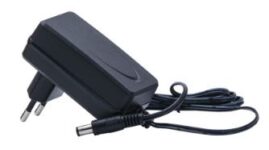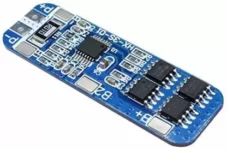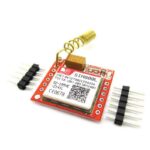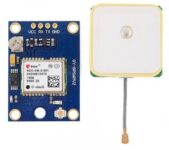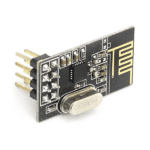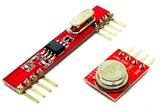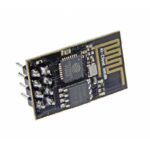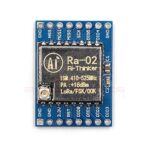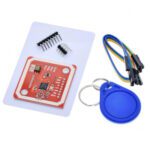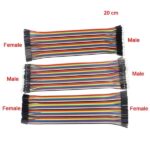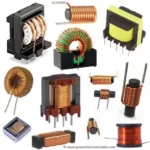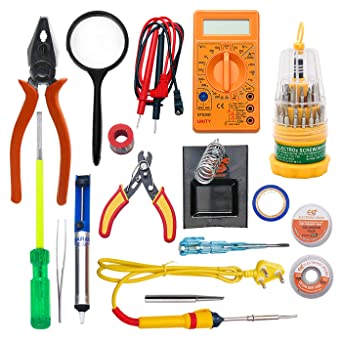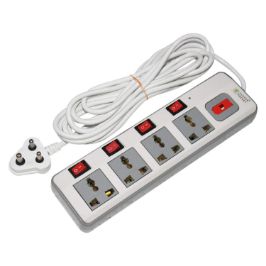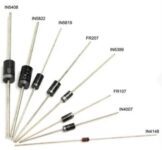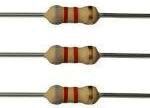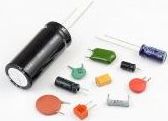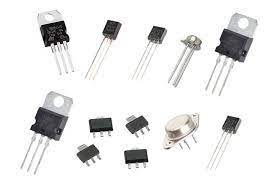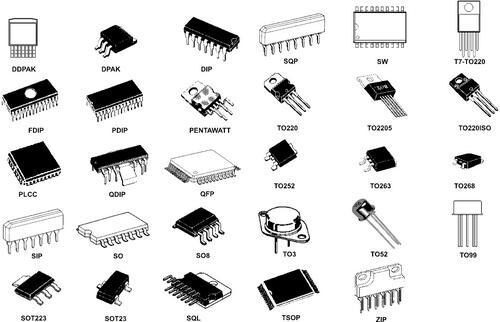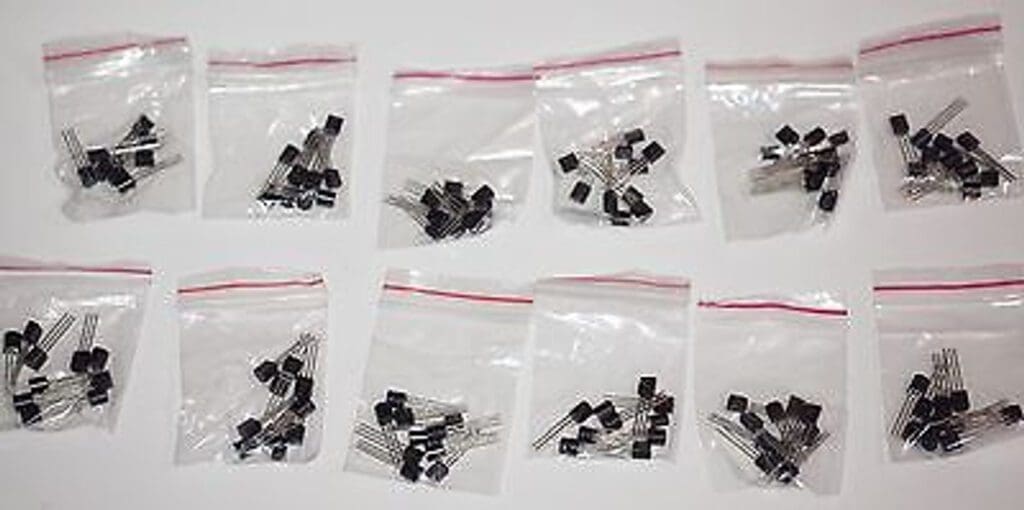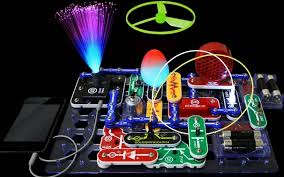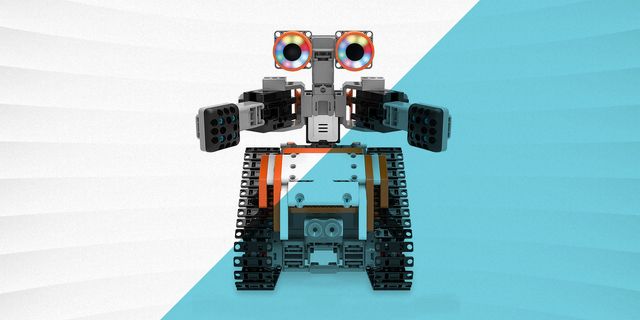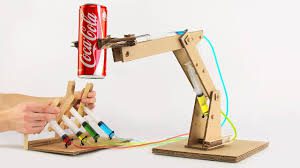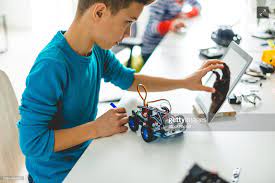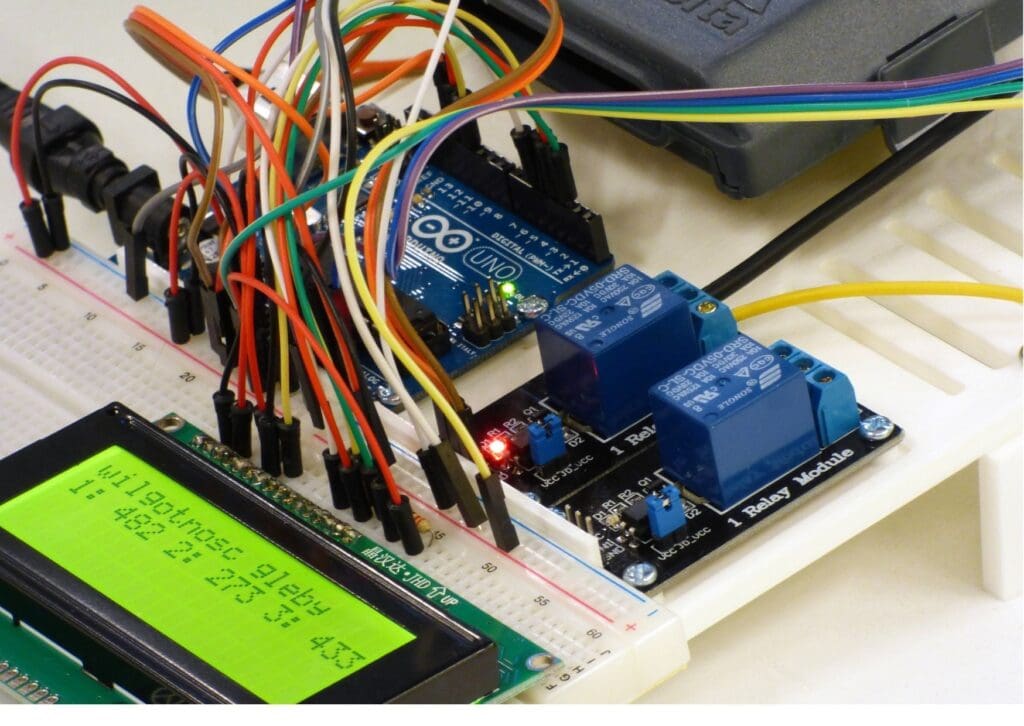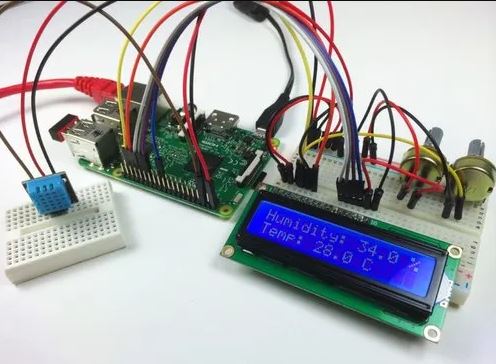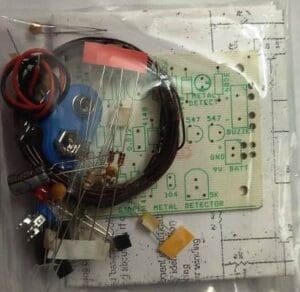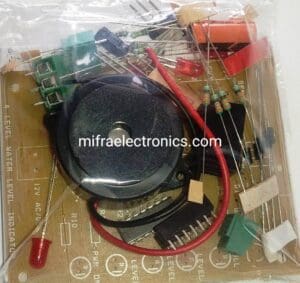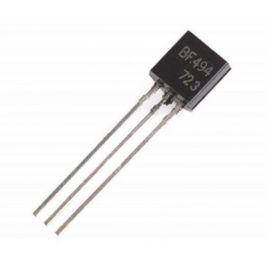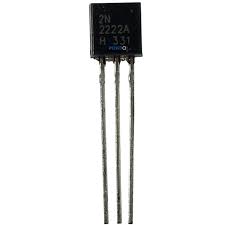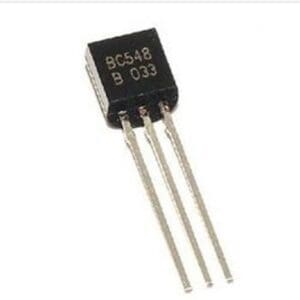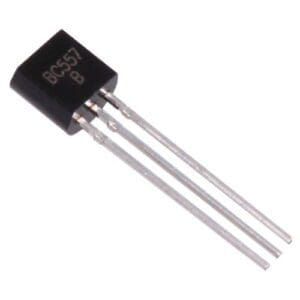Introduction
- Transistors are tiny semiconductor devices that serve as the backbone of modern electronics. They act as switches or amplifiers, controlling the flow of electrical current in circuits. From computers to smartphones, transistors are essential components, enabling the creation of the devices we rely on every day. Understanding transistors is key to grasping the inner workings of technology and its incredible impact on our lives.
- Bipolar Junction Transistors (BJTs): BJTs consist of three layers of semiconductor material. These layers are doped (intentionally contaminated with impurities) to create two different types of semiconductor: N-type (containing excess electrons) and P-type (containing excess holes or positive charge carriers). There are two types of BJTs: NPN and PNP, referring to the arrangement of these layers
- Field-Effect Transistors (FETs): FETs, on the other hand, have three terminals like BJTs but operate on a different principle. They consist of a gate, a source, and a drain. FETs control the flow of current between the source and drain terminals by varying the voltage applied to the gate terminal, thus modulating the conductivity of a channel between the source and drain
Projects Categories:
Products Categories:
- Robotics
- Actuators
- Camera Modules
- Drone Kits
- Drone Components
- Chassis
- DC Motors
- Other Robotic accessories
- Pick and Place Modules
- Robotic Kit
- Servo Motors
- Stepper Motors
- Wheels
- Microcontrollers & Programmers
- 8051 Microcontroller
- Arduino Microcontroller
- ARM Development Board
- Interface Module
- NODMCU / ESP Modules
- PIC Microcontroller
- Raspberry Pi
- Devices and Actuators
- Display Modules
- Sensors & Module
- Power Supply / Batteries
- Wireless modules
- Electronic Components
- Wholesale Market
Description
- The significance of transistors lies in their ability to function as amplifiers and switches. In amplification, a weak signal can be strengthened by passing it through a transistor, enabling it to control larger currents or voltages. In switching applications, transistors can rapidly turn on or off in response to an input signal, making them invaluable for digital electronics and logic circuits.
- Moreover, the miniaturization of transistors over the years, as predicted by Moore’s Law, has been a driving force behind the exponential growth of computing power and the development of smaller, more efficient electronic devices.
- In summary, transistors are the foundation of modern electronics, enabling the creation of devices that have revolutionized communication, computation, and virtually every aspect of modern life. Understanding their principles and applications is essential for anyone interested in technology and its advancements.

Types Of Transistors
- NPN and PNP Transistors
- There are two main types of transistors: NPN and PNP. As you can see from the figure on the right, the difference is whether the Collector terminal is drawing or delivering current in the circuit.
An NPN type with Emitter common is used when wanting to switch by input signals. On the other hand, it is standard to use a PNP type when using the power supply side for control.
NPN type carriers are electrons, while PNP carriers are holes (+ charge). In the PNP type, a voltage is applied so that the Emitter is positive and Base negative, causing holes in the Emitter to flow into the Base, some of which combine with electrons in the Base to form a small Base current, and the rest escaping to the Collector to become Collector current. Transistor as a switch
- Describes switching operation when the Emitter is grounded.
Once a voltage (approx. 0.7V or more) is applied to the Base terminal of the transistor a small current will flow, causing the transistor to turn ON and current to flow between the Collector and Emitter.
Conversely, when the applied voltage to the Base is low (less than 0.7V), the Collector and Emitter are OFF and no current flows between them.
Switching a transistor is like turning the current flow from the Collector to the Emitter ON and OFF using the Base as a switch Transistor Mechanism
- A transistor consists of a PN junction, with current flowing between the Collector and Emitter when current is applied to the Base.
Here, we will explain the operating principle using an NPN transistor as an example.
When a forward voltage (VBE) is applied between the Base and Emitter, electrons (- charge) in the Emitter flow into the Base, where some of them combine with holes (+ charge), resulting in an extremely small Base current (IB).
As the Base (P-type semiconductor) is structurally thin, many of the electrons flowing into the Base from the Emitter escape to the Collector.
The Collector-Emitter voltage (VCE) induces electrons (- charge) to move toward the Collector electrode, generating a Collector current IC.
<Current flows in the direction opposite to electron motion>. - Phototransistor
- Thyristor (SCR – Silicon Controlled Rectifier, TRIAC – Triode for Alternating Current)
- Tunnel Field-Effect Transistor (TFET)
- Carbon Nanotube Transistor
- Heterojunction Bipolar Transistor (HBT)
- Gallium Nitride Transistor (Ga N FET)
- Silicon Germanium Transistor (Si Ge HBT)

MOSFETs, IGBTs, and special types of transistors :
1. MOSFET : Metal-Oxide-Semiconductor Field-Effect Transistor
- MOSFETs are a type of field-effect transistor that operates by modulating the conductivity of a semiconductor channel using an electric field.
They have three terminals: source, gate, and drain. - MOSFETs are available in two main types: enhancement-mode and depletion-mode. They are widely used in power amplifiers, digital circuits, voltage regulators, and switching power supplies due to their high efficiency and fast switching speed.
MOSFETs are commonly found in electronic devices such as computer processors, power converters, and motor control systems.
2. IGBT :Insulated Gate Bipolar Transistor
- IGBTs are hybrid devices that combine the advantages of both MOSFETs and BJTs.
They have a structure similar to a MOSFET but with an additional bipolar transistor integrated into the design. - IGBTs have three terminals: collector, emitter, and gate.
They are primarily used in high-power applications, such as motor drives, power inverters, and welding machines, where they offer high voltage and current handling capabilities with fast switching speeds. - IGBTs are favored for their ability to handle high currents while maintaining the voltage control characteristic of MOSFETs.
3. Special Transistors
- There are several special types of transistors designed for specific applications beyond general-purpose amplification and switching.
- Darlington Transistors: These are configurations of two bipolar transistors connected in a way that provides high current gain. They are used in applications requiring high current amplification, such as motor control and audio amplifiers.
- Schottky Transistors: These transistors incorporate a Schottky diode at the base, providing faster switching speeds and reduced switching losses. They are commonly used in high-frequency applications like RF amplifiers and mixers.
- Thyristors: These are semiconductor devices with four layers of alternating P-type and N-type materials. Thyristors are used as solid-state switches in high-power applications, such as AC power control and voltage regulation.
- Phototransistors: These are light-sensitive transistors that use light to control the flow of current. They are often used in optoelectronic devices like light sensors, optical switches, and remote controls.
- These transistors, along with their special variations, play critical roles in various electronic systems, providing the necessary functionality for a wide range of applications.
Uses And Applications
- Transistors have a plethora of real-world uses and applications across various industries. Here are some common examples:
1. Computing and Information Technology
- Transistors are the fundamental components of microprocessors, which power computers, smartphones, tablets, and other digital devices.
They are used in memory chips (RAM and ROM) for data storage and retrieval. - Transistors form the basis of logic gates, which are the building blocks of digital circuits, enabling arithmetic and logical operations in computers.
2. Communication Systems
- Transistors are used in radio frequency (RF) amplifiers and oscillators, enabling wireless communication technologies such as Wi-Fi, Bluetooth, and cellular networks.
- They are found in transceivers and signal processing circuits in telecommunications equipment like routers, modems, and base stations.
- Transistors are utilized in audio amplifiers for sound processing and amplification in devices like speakers, headphones, and audio receivers.
3. Power Electronics
- Transistors are crucial in power converters and inverters for converting DC (direct current) to AC (alternating current) and vice versa. These are used in renewable energy systems, electric vehicles, and industrial motor drives.
- They are employed in voltage regulators and power management circuits to regulate and control voltage levels in electronic systems.
- Transistors play a vital role in switching power supplies, which are used in electronic devices for efficient power distribution and regulation.
4. Automotive Industry
- Transistors are used in engine control units (ECUs) for controlling fuel injection, ignition timing, and other aspects of engine operation.
- They are found in electronic stability control systems, anti-lock braking systems (ABS), and airbag deployment systems for vehicle safety.
- Transistors are utilized in electric vehicles (EVs) and hybrid vehicles for motor control and power conversion in the drivetrain.
5. Medical Devices
- Transistors are used in medical imaging equipment such as MRI machines, CT scanners, and X-ray machines for signal processing and amplification.
- They are employed in pacemakers, defibrillators, and other implantable medical devices for controlling electrical impulses in the
- Transistors are found in monitoring and diagnostic equipment used in hospitals and clinics, such as ECG machines, ultrasound devices, and blood glucose monitors.
- Overall, transistors are ubiquitous in modern technology, playing essential roles in nearly every electronic device and system we encounter in our daily lives.
Conclusion
- In conclusion, robotics has emerged as a transformative force across a wide spectrum of industries and domains, revolutionizing the way we work, live, and explore. From enhancing efficiency and precision in manufacturing to enabling groundbreaking discoveries in space exploration, the applications of robotics are vast and diverse.
- Through the seamless integration of hardware, software, and advanced algorithms, robots are increasingly capable of perceiving their environment, making autonomous decisions, and executing complex tasks with precision and reliability. This capability not only enhances productivity and efficiency but also opens up new possibilities for innovation and problem-solving.
- Moreover, robotics technology is not limited to industrial settings but extends its impact to healthcare, agriculture, logistics, education, entertainment, defense, and beyond. Whether it’s assisting surgeons in delicate medical procedures, automating agricultural tasks to improve food production, or entertaining audiences with interactive robotic exhibits, robots are reshaping various aspects of our lives.
- As we continue to push the boundaries of robotics technology, it is essential to consider the ethical, social, and economic implications of its widespread adoption. Ensuring that robotics technologies are developed and deployed responsibly, with a focus on safety, accessibility, and equity, will be crucial in maximizing their benefits while addressing potential challenges.
- In essence, robotics represents a journey of innovation, exploration, and collaboration, offering boundless opportunities to push the frontiers of technology and improve the human experience. By harnessing the power of robotics, we can pave the way for a future where intelligent machines work alongside humans to create a more efficient, sustainable, and prosperous world.
For additional blog content, to explore further insights and articles. Click here
433MHz RF Module Works &
Working 433MHz RF Module Works & Interfacing With Arduino Introduction Wireless communication has become an...
Read MoreVoice Recognition Technology
Voice Recognition Technology Introduction Voice recognition technology, a groundbreaking innovation in the realm of electronics,...
Read MoreHow to attach heat sink
How to attach heat sink to raspberry pi 4 INTRODUCTION Attaching a heat sink to...
Read MoreUnderstanding Integrated Circuit And Microchips
Understanding Integrated Circuit And Microchips Introduction Integrated circuits (ICs), often referred to as microchips, are...
Read More


